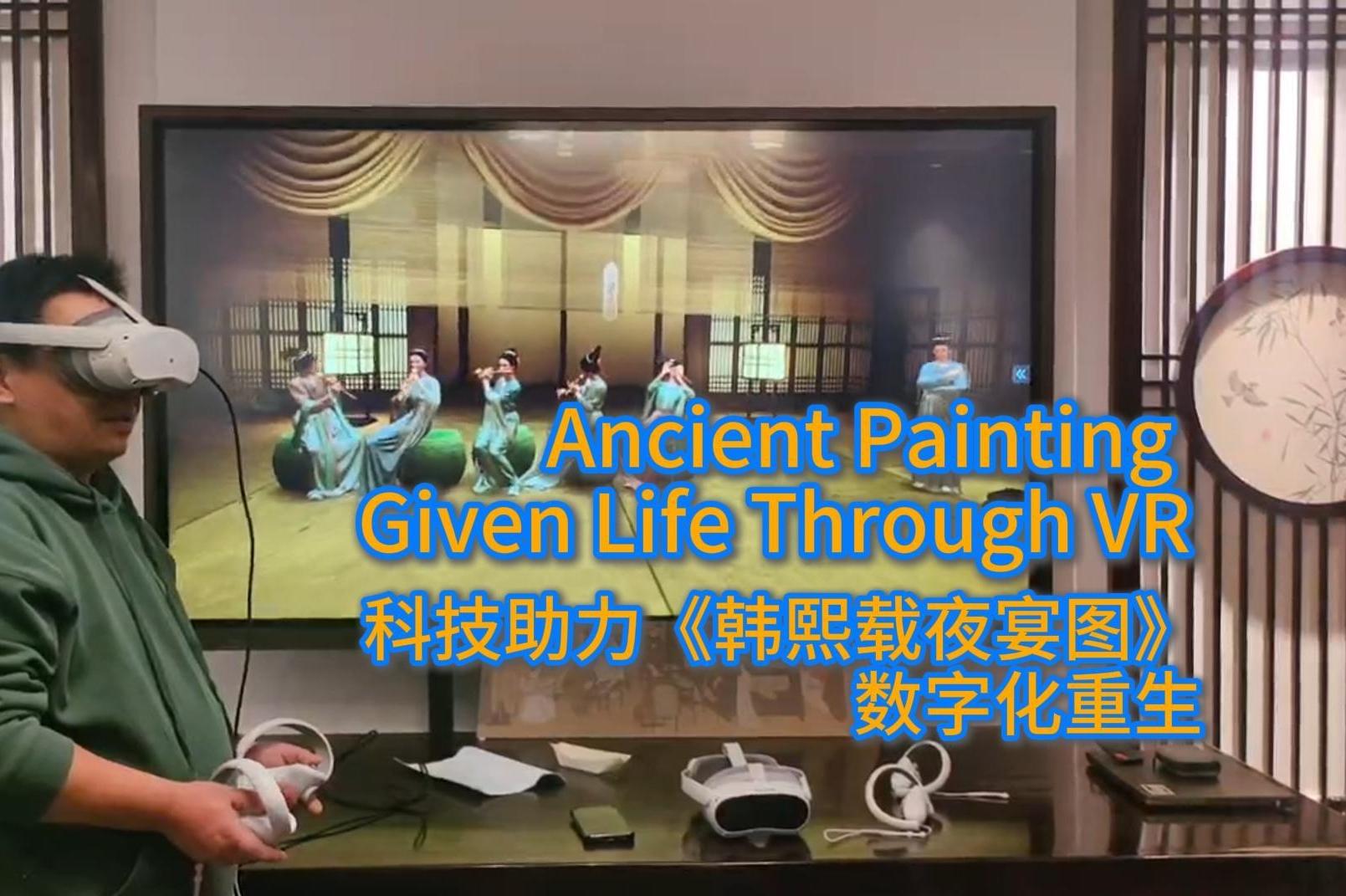An Eco Highway to Peru's Ancient Wonder
While the world's eyes are on the 31st Asia-Pacific Economic Cooperation (APEC) Economic Leaders' Meeting in Lima, Peru, few perhaps are aware of intense work going on under the shadow of the Andes Mountains to build a nearly 30-kilometer highway to Machu Picchu, the legendary "Sky City" of Peru's ancient Incan empire.
The project is led by China Civil Engineering Construction Corporation (CCECC) from across the Pacific.
Complex ecosystems, rich biodiversity
The construction is being done with extra caution given the unique natural environment surrounding the project. The road starts in Santa Maria in the southern Cusco region, passes through the Santa Teresa district as Peru's longest tunnel, and a hydroelectric bridge, and extends to Machu Picchu. When completed, it will significantly improve local transportation and boost the tourism economy.
The Machu Picchu road is strategically positioned at the intersection of the Machu Picchu and Choquequirao protected areas, sites of ruins of the Incan civilization, and stretches through the Andes, following the Urubamba River southeastward toward the Amazon rainforest. This route traverses 24 distinct ecosystems, offering a full ecological transition from highland plains and snow-capped mountains to the dense Amazon jungle. Such diverse geography makes it an acutely environmentally sensitive project within a mountainous rainforest region, abundant in flora and fauna.
The area surrounding Machu Picchu is home to 75 mammal species, 444 bird species, 14 amphibian species, 24 reptile species, and 377 types of butterflies.
Iconic creatures like pudu (one of the world's smallest deer), and the pigeon-sized giant hummingbird inhabit this area.
This abundance of precious plant and animal species requires careful protection, and the CCECC team is fully aware of these ecological considerations. As Kang Wei, vice president of CCECC Compa?ía regional de las Américas, stated, "This road is not just about boosting economic development or tourism; it must also be an ecological pathway."
A model of environmental commitment
When Saida Elena Cordova Flores, a biologist with over two decades of experience in ecological conservation in Peru, first heard of the road project, she feared it would disrupt the delicate ecosystem.
In 2021, she joined the CCECC Machu Picchu road project team and realized that the Chinese team was not only committed to setting an environmental benchmark but was also using advanced ecological practices that were new to her.
Before construction began, Flores and her Chinese colleagues conducted an ecological survey of the entire route, mapping plant distributions, animal habitats, breeding grounds, and feeding zones. They meticulously studied the environmental factors affecting species survival, such as water, soil, air, light, and noise, and created detailed impact charts to guide the project's development.
Based on this assessment, the project team implemented several measures to minimize environmental impact. These included rerouting the road to avoid sensitive wildlife areas, transplanting rare plants that couldn't be bypassed, and using low-noise equipment to limit noise pollution.
Additionally, they maximized the use of clean energy equipment to minimize emissions and reduced the use of heavy machinery.
The Peruvian environmental authorities have lauded the team's conservation efforts.
Flores was especially intrigued by the use of fully enclosed sound barriers on highways and railways, a technology she hopes might one day be used in Peru extensively.
"There will definitely be opportunities for that in the future," Kang said. "We'll continue bringing more of China's infrastructure technology and management expertise to Peru."







